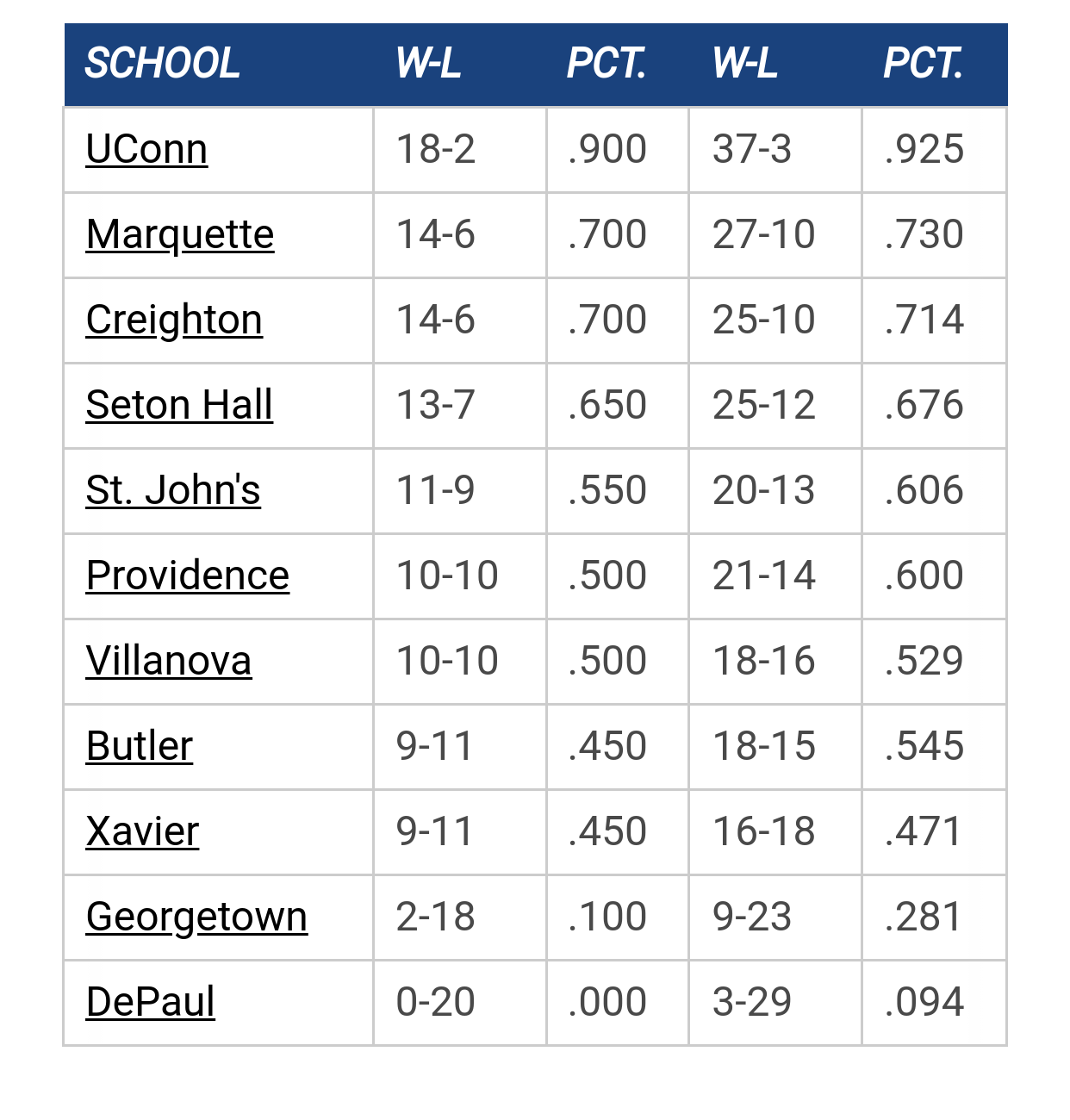- Welcome to MUScoop.
Return of Buzz by Uncle Rico
[Today at 09:27:59 AM]
Marquette NBA Thread by Uncle Rico
[Today at 08:23:42 AM]
2025-26 College Hoops Thread by The Sultan
[Today at 08:15:35 AM]
2025-26 Big East Conference TV Schedule by Mr. Nielsen
[Today at 07:52:48 AM]
Marquette Team Rankings by MarquetteMike1977
[November 13, 2025, 10:11:46 PM]
Trojans SOTG by MuMark
[November 13, 2025, 09:20:40 PM]
Rollin’ Rock by tower912
[November 13, 2025, 08:05:42 PM]
[Today at 09:27:59 AM]
Marquette NBA Thread by Uncle Rico
[Today at 08:23:42 AM]
2025-26 College Hoops Thread by The Sultan
[Today at 08:15:35 AM]
2025-26 Big East Conference TV Schedule by Mr. Nielsen
[Today at 07:52:48 AM]
Marquette Team Rankings by MarquetteMike1977
[November 13, 2025, 10:11:46 PM]
Trojans SOTG by MuMark
[November 13, 2025, 09:20:40 PM]
Rollin’ Rock by tower912
[November 13, 2025, 08:05:42 PM]
The absolute only thing required for this FREE registration is a valid e-mail address. We keep all your information confidential and will NEVER give or sell it to anyone else.
Login to get rid of this box (and ads) , or signup NOW!
Maryland Date/Time: Nov 15, 2025, 1:00pm TV: Peacock Schedule for 2025-26 |
||||||
User actions


